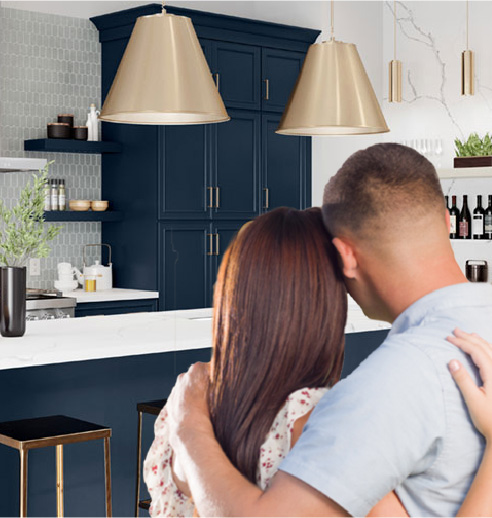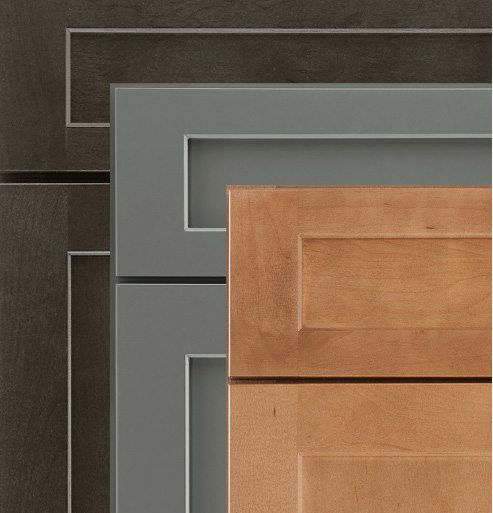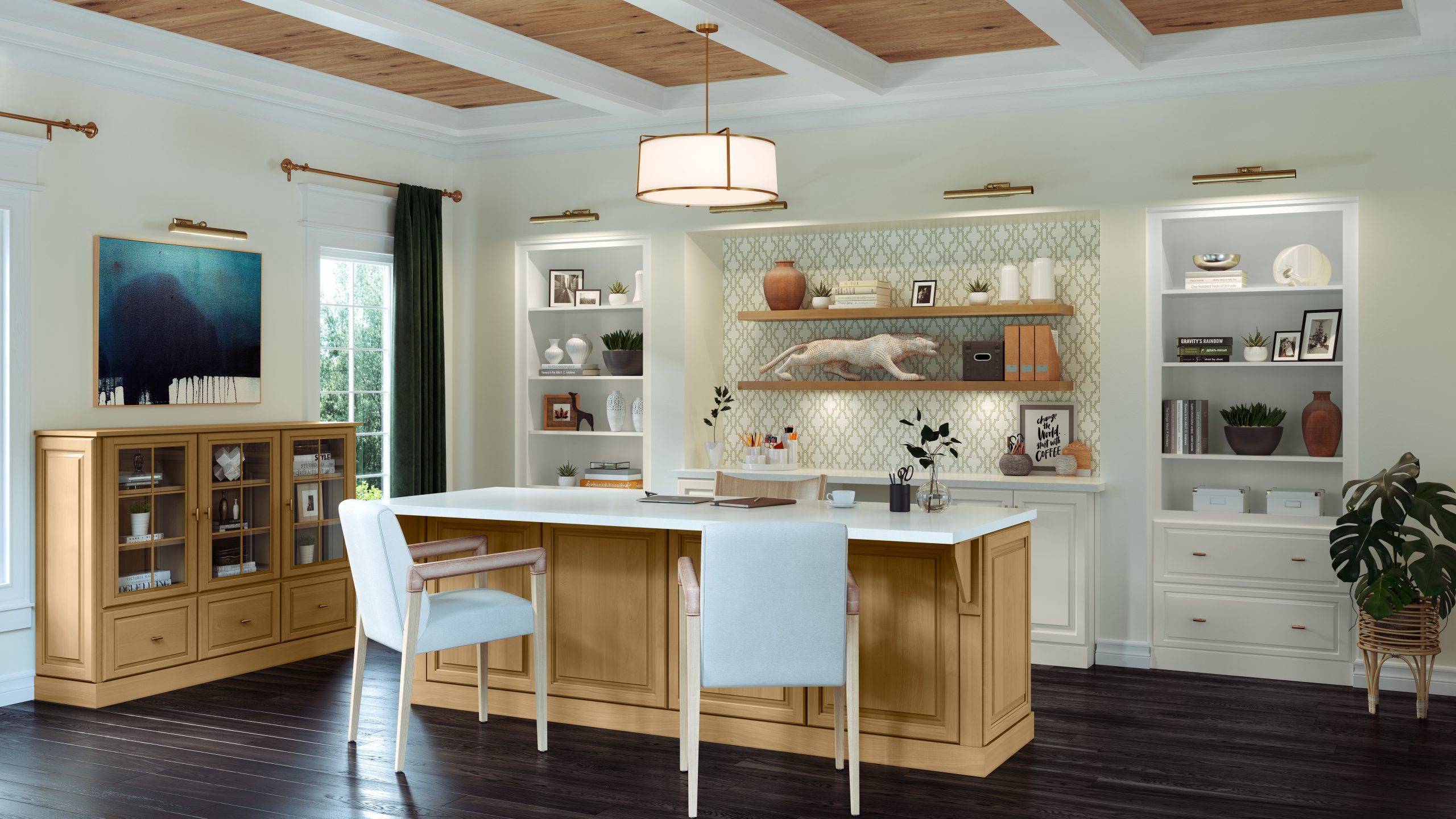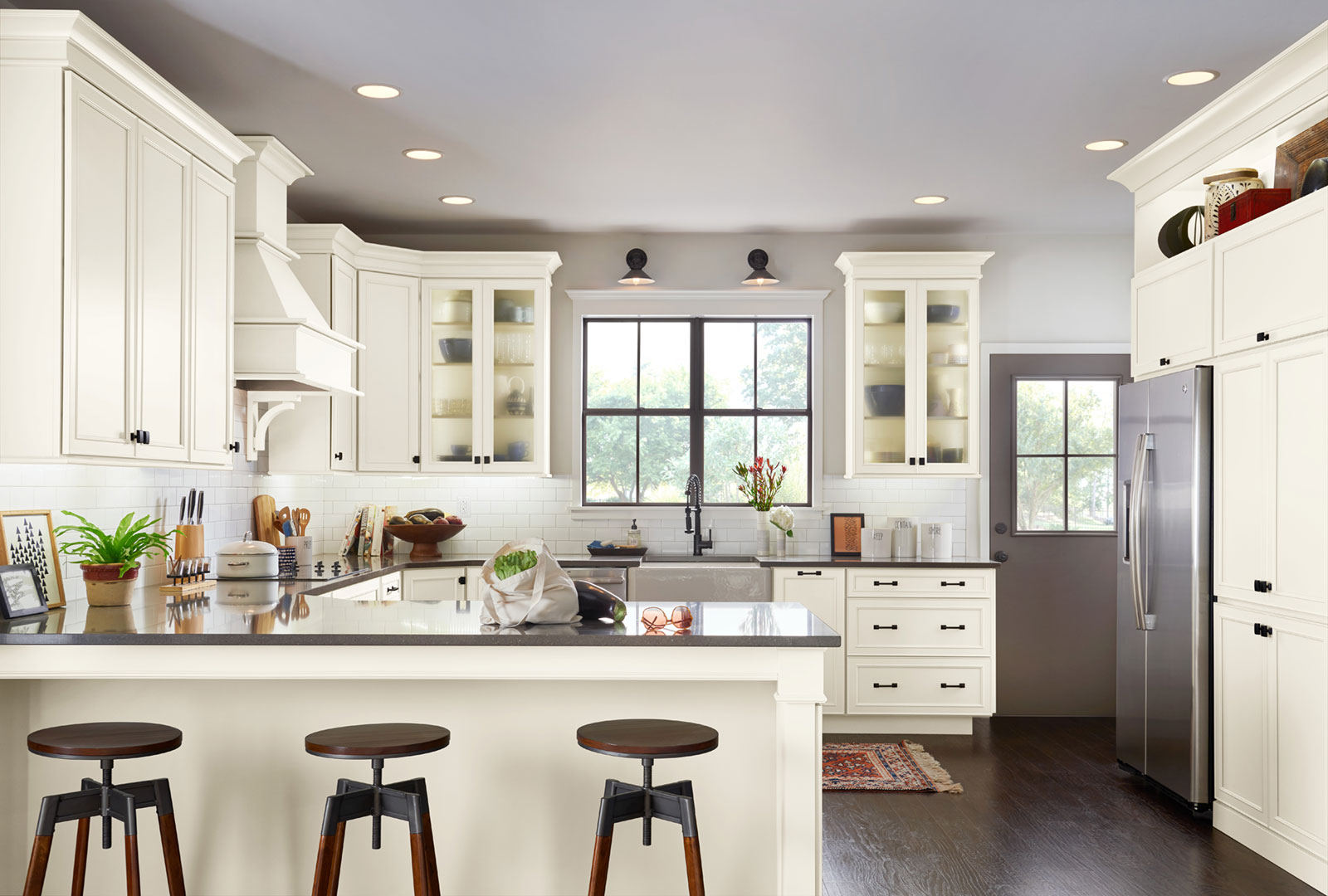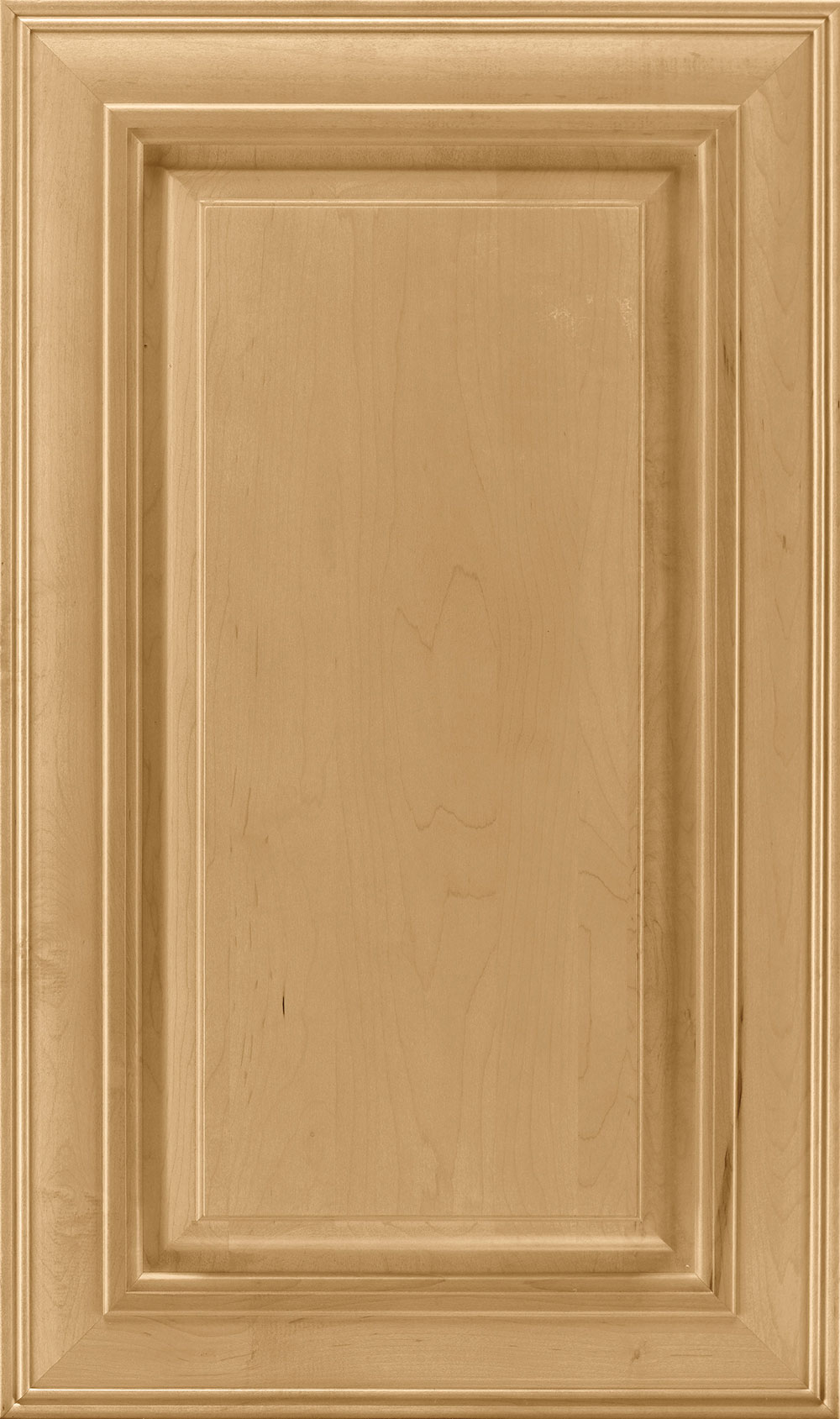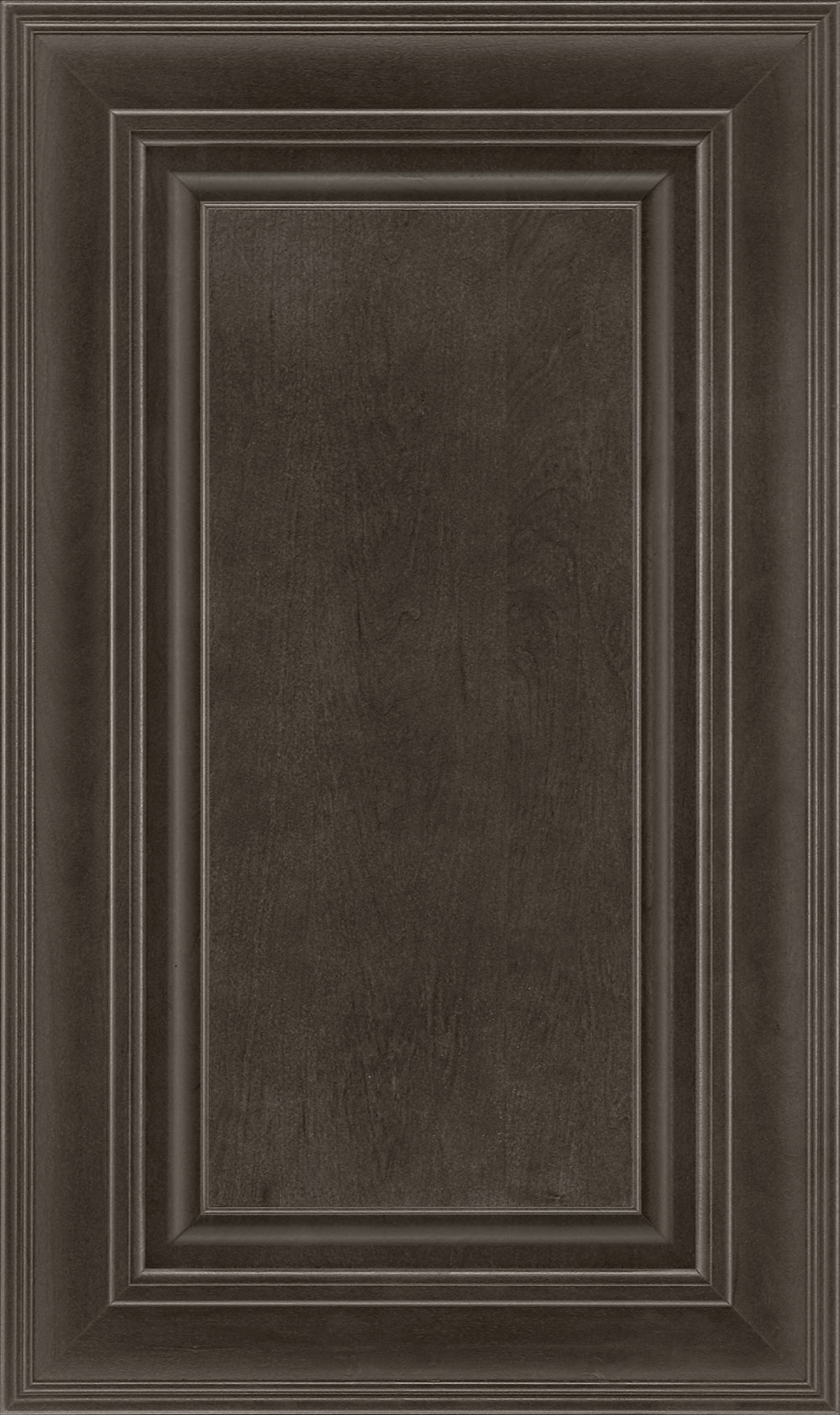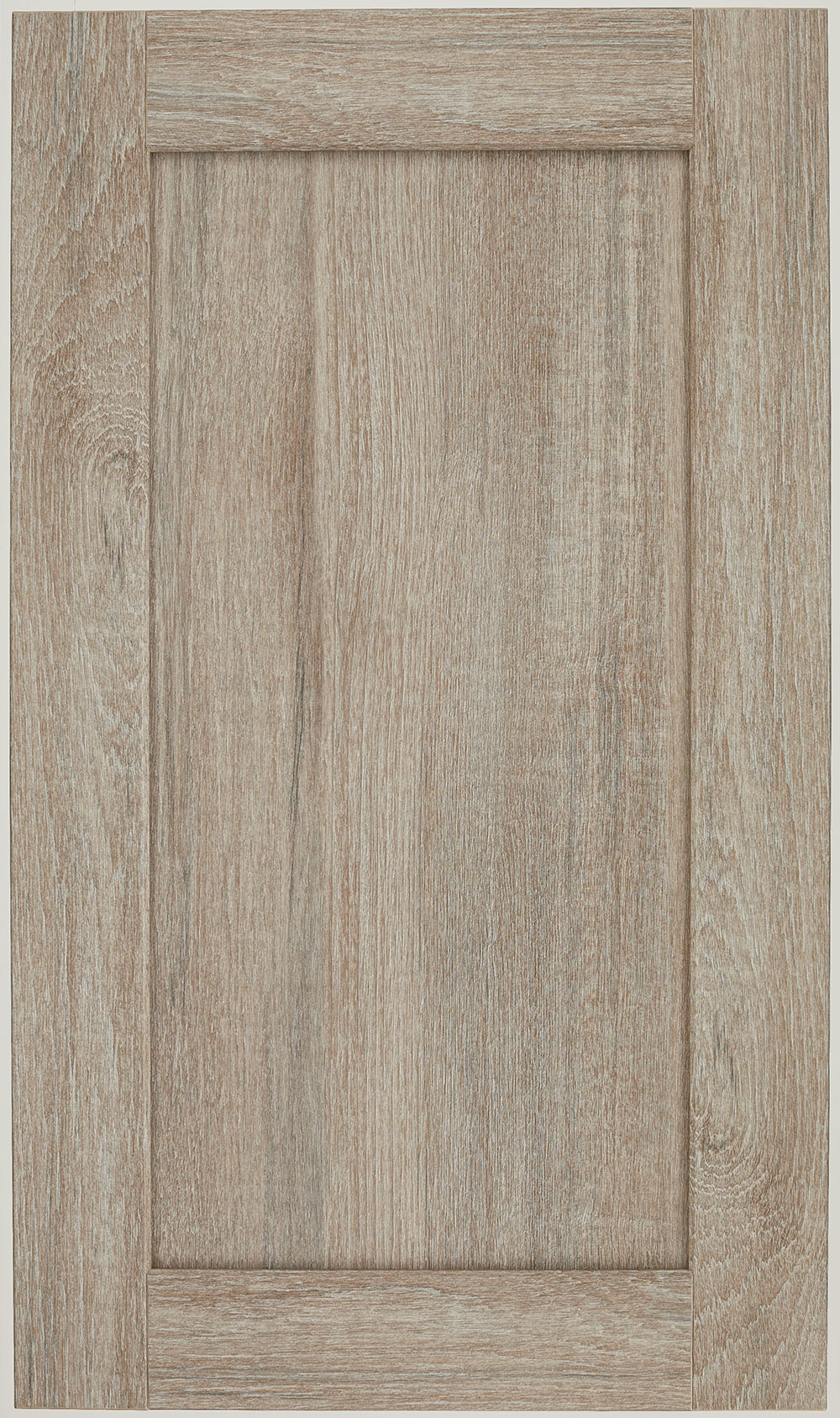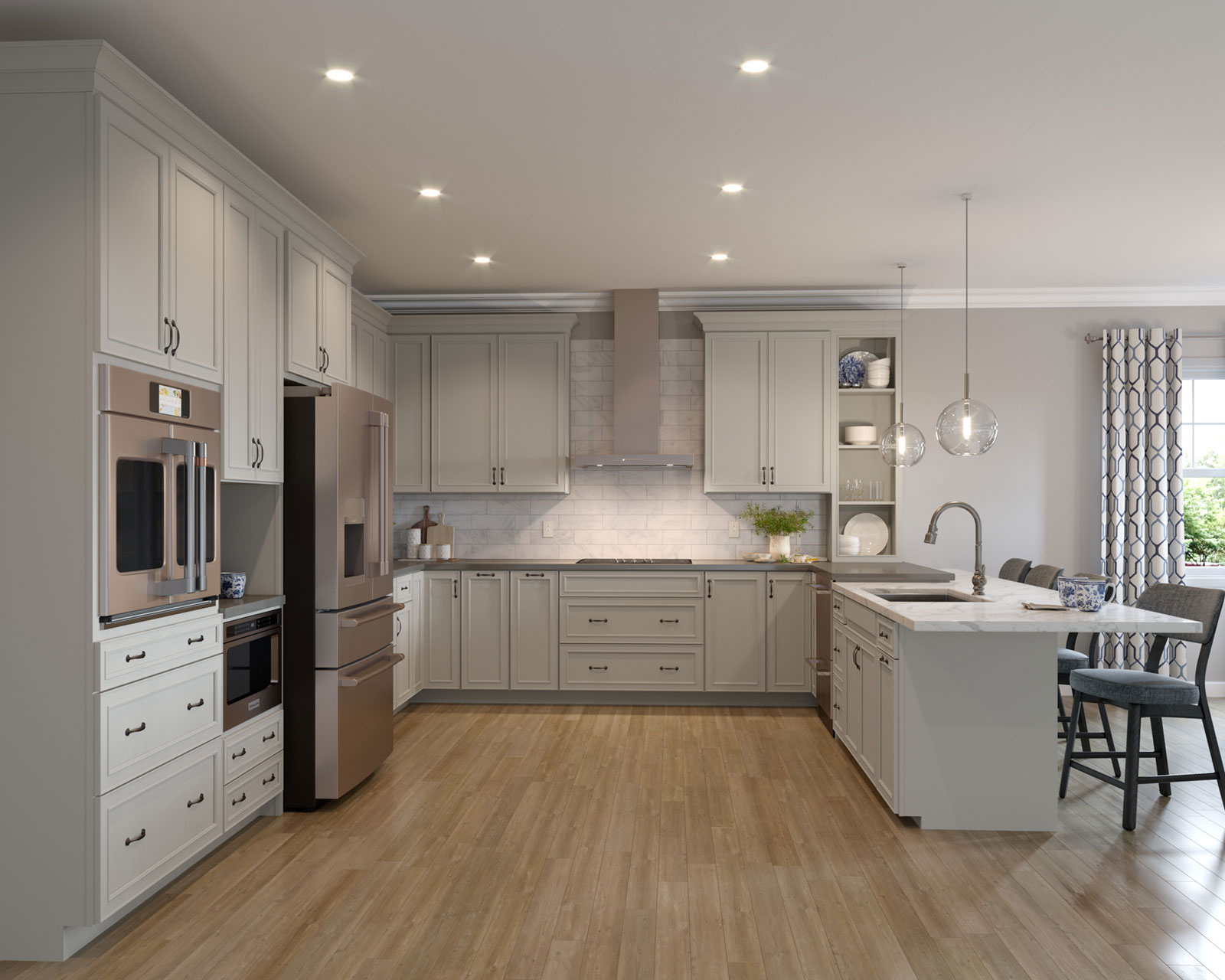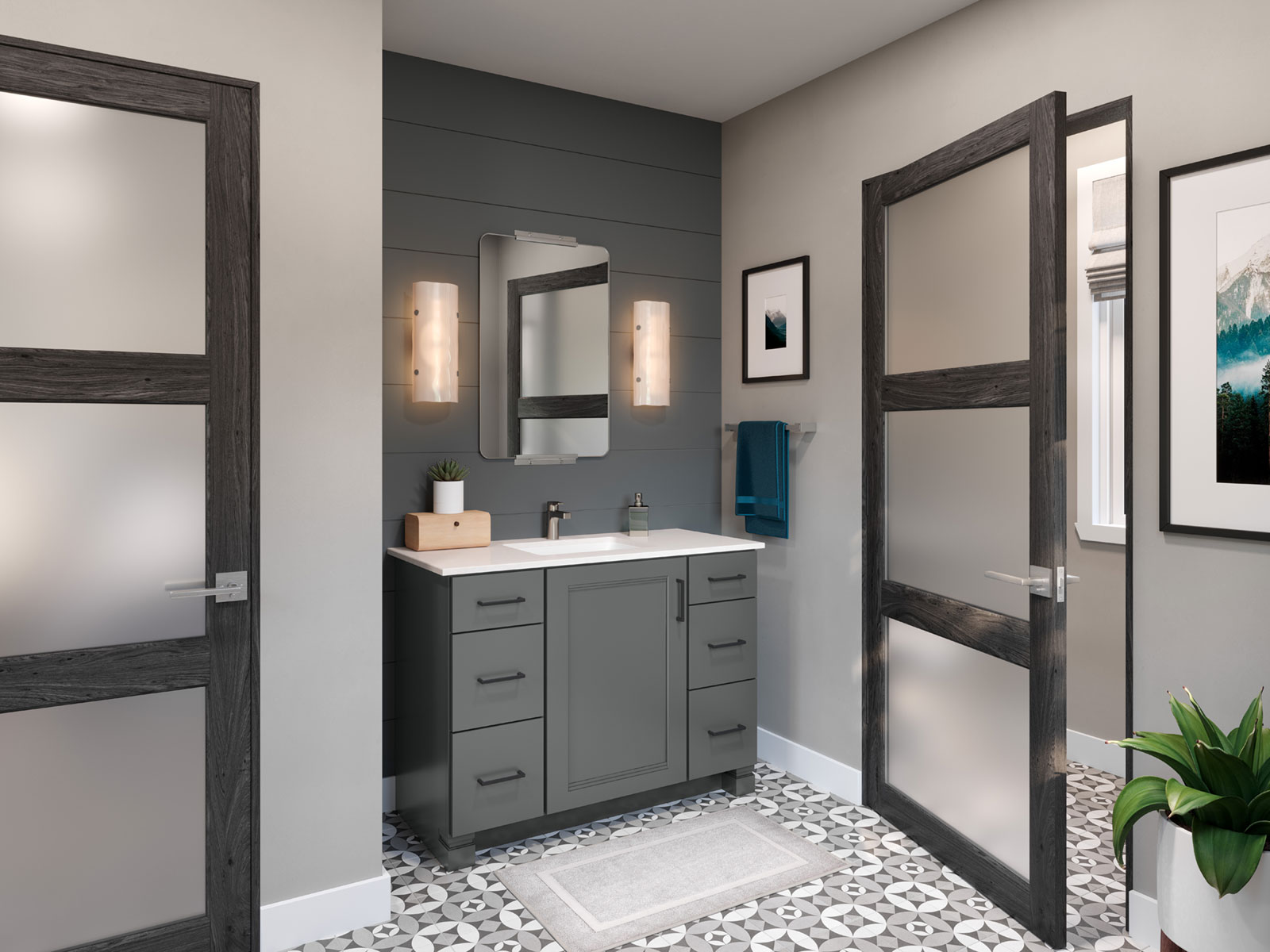Tips for Designing an Ergonomically Friendly Home Office
Dimensional Requirements for Home Office Cabinetry and Writing Surfaces
- Desk height finishes at 29ˮ to 30ˮ from the floor.
- Desk depth should be a minimum of 21ˮ.
- Allow for knee height space. Eliminate a desk drawer for very tall users.
- The desk area should be wide enough to accommodate a 36ˮ wide opening for the knees underneath the writing surface. This will allow the user to comfortably turn
without knocking off their kneecaps. - Left-handed or right- handed? For lefties, there should be workspace to the right of the kneehole, and the opposite for right-handed users.
- Wall cabinets should be installed a minimum of 15ˮ from the desktop or about 48ˮ from the floor. More space may be required in cases of exceptionally large monitor use.
- Keep Wall cabinet depths to a minimum of 12ˮ, and consider increasing the depth to 15ˮ whenever possible to accommodate large binders and books.
Other Considerations
- Allow 32ˮ minimum for back-of-chair clearance between the desk and a wall.
For a properly spaced work and activity zone, 42ˮ of clearance is recommended
between the back of the desk and the adjacent credenza. If foot traffic must flow
behind the desk area, consider allowing extra space. 44ˮ is recommended. - An open cabinet near the desk for a printer is very convenient.
- Be prepared to drill a hole at the back of the writing surface to accommodate a
cable-management grommet. - Consider extra support for wall cabinets where printer paper and books will be
stored. - Ideally there will be 18ˮ of writing surface on either side of the computer to accommodate both left- and right-handed users.
- Don’t forget seating. An ergonomic chair will ensure comfort and focus.
